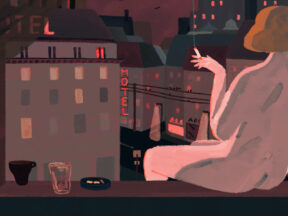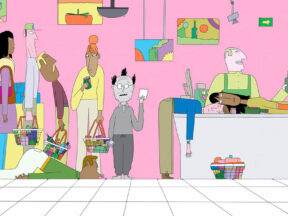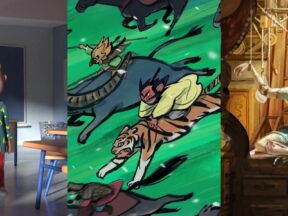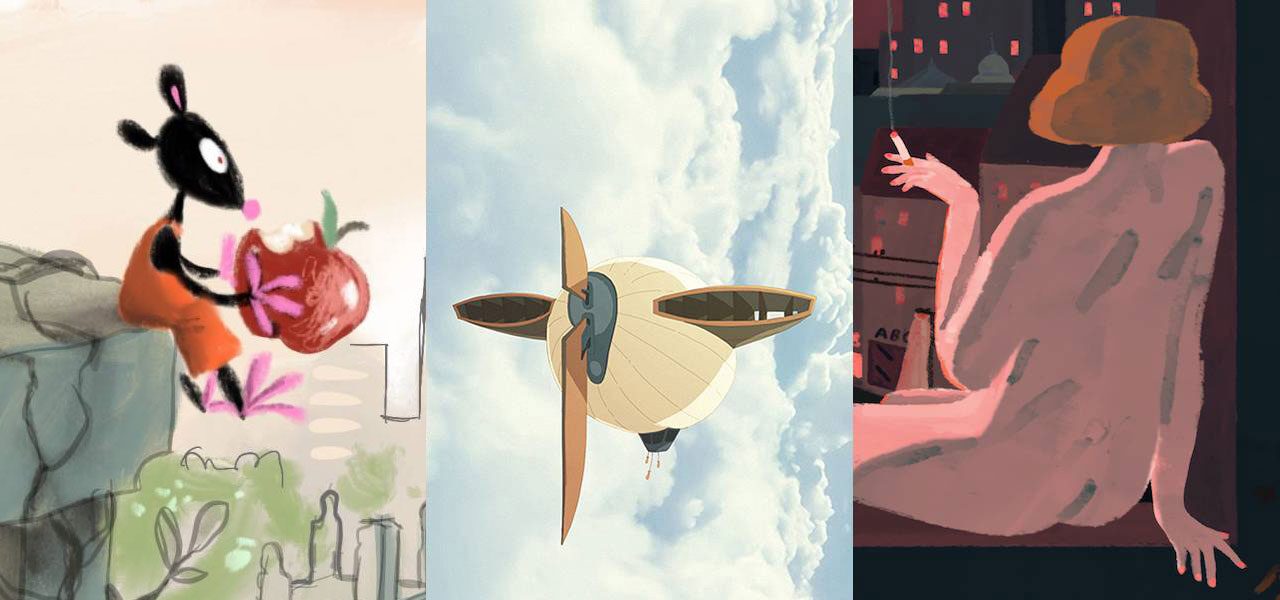
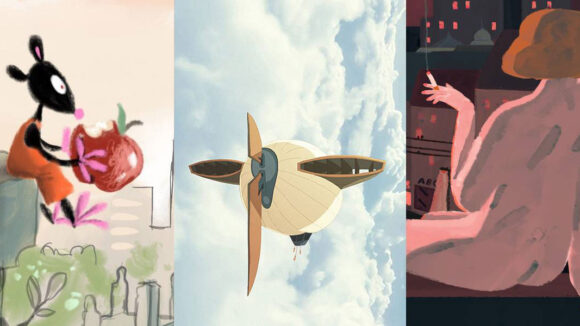
How To Pitch Virtually During A Pandemic: Creators And Producers Share Tips
Whereas animation projects in the U.S. tend to be pitched behind closed doors, in most other regions the process plays out in public. For filmmakers in Europe, Latin America, and beyond, selling an embryonic idea for a film or series to a live audience of producers and executives is part of the game — the prevalence of co-productions requires it. The process is terrifying and/or exhilarating, depending on who you ask.
In any case, none of that is really happening at the moment, thanks to the pandemic (although France’s Cartoon Forum tv pitching event is due to take place as usual in September). MIFA, Annecy Festival’s market counterpart, would normally host a whole program of quickfire pitches; when the event moved online last month, so did the pitches. Participating filmmakers had to upload a pre-recorded video, no longer than ten minutes, which was made available to all badgeholders. Interested parties could then arrange private video conferences with them.
Pitching for money and partners is one of the most sensitive parts of any project. How does it feel to do it virtually? What is lost in the switch, and what is gained? To find out, we spoke to the teams behind three prizewinning projects pitched at MIFA…
27 — My Last Day at Home
In Flóra Anna Buda’s short film, a 27-year-old woman still living with her parents finds an outlet for her frustrations in masturbating, clubbing, and taking acid. At MIFA, the project won the Ciclic prize for best short film. Click here for our impressions of the pitch, and read on for comments from Buda and producer Emmanuel-Alain Raynal of Miyu:
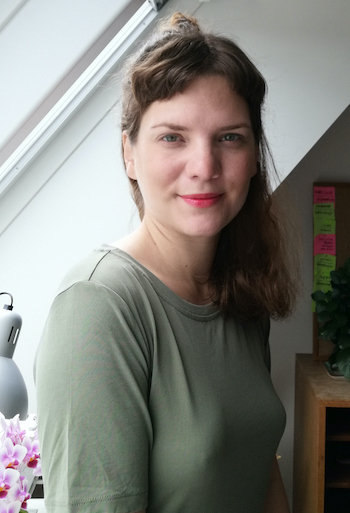
Buda: All of the team members are living in different countries, so the pandemic didn’t make preparations for the pitch more difficult for me. I was in contact with the producers at both Miyu and [Hungarian co-producer] Boddah, and I got support and feedback from all of them.
I asked Emmanuel if he wanted to be part of the pitch and he offered to do the introduction part and to talk about the budget, which was great. Since I don’t feel truly comfortable talking about myself, I was very happy that I could just focus on my job, which is the storytelling, visuals, and directing.
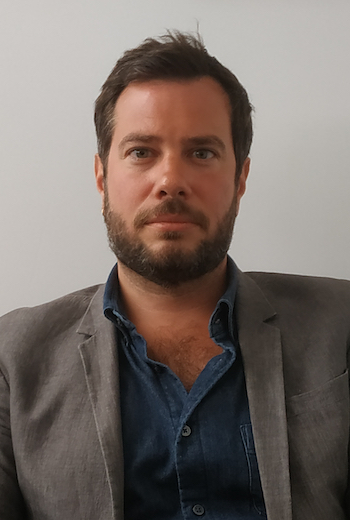
Raynal: I always suggest to filmmakers that they let me do the introduction, as it’s often a complicated exercise for them.
Buda: After a month and a half of quarantine, I really wanted to get out of my room and enjoy this already unusual way of pitching, under the sunshine. The story involves a beautiful field full of flowers, so I chose to go to the Viborg cemetery which was at that time full of different blooming flowers. I also wanted to show a little bit of the creative process, so I shot some scenes illustrating my roles as director, art director, and scriptwriter. Since I had a very clear concept from the beginning, I didn’t try different approaches, but some ideas naturally came during the editing.
I guess the advantages of a video pitch is that we have plenty of opportunities to make it interesting, and easy to watch, even if — in my case — it was kind of DIY at the end. I thought it was nice and challenging to experiment with live-action shots and create something fun out of it. My goal was to stay informative but avoid being boring and artificial. So I put more effort to finish the animation tests and construct the video itself in a way that is divergent.
Raynal: The advantage of an online pitch is that there’s no stress. The disadvantage is not having the pleasure of feeling the audience react, not hearing their applause, not getting to experience the prize-giving live…

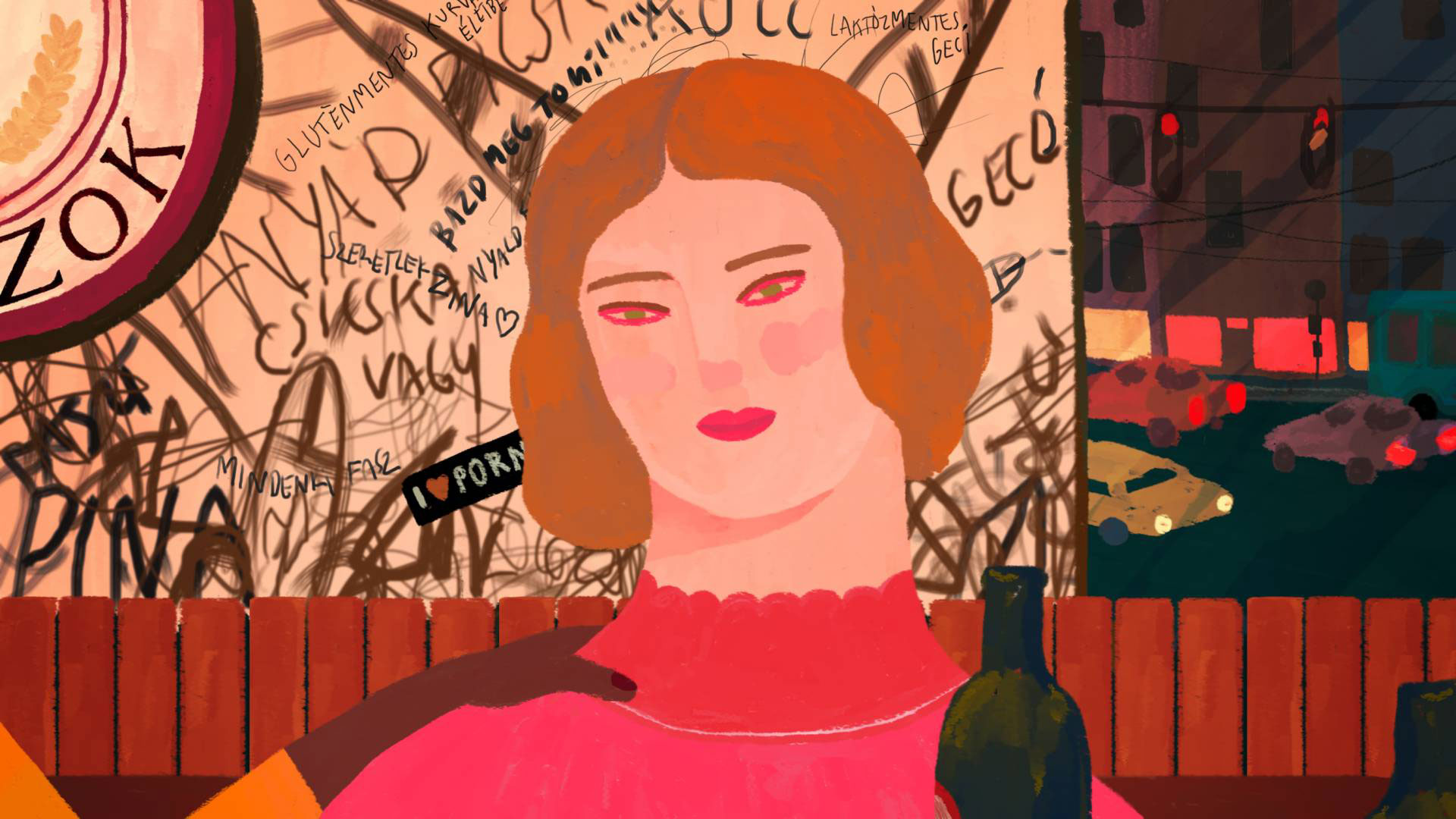
Buda: I almost forgot to save some energy for my own performance — the most important part of a live pitch. I guess the advantage of a live pitch is that you have direct contact with the audience and it gives you a lot of energy. During the [Animation Sans Frontières live pitch, at an earlier stage in the project] I really enjoyed that I got an immediate reaction if my jokes were working or not. This time I only laughed at myself because I was talking about porn, completely alone in the middle of the cemetery.
Fellow directors and professionals gave me very nice and useful feedback, and I also had a couple of virtual meetings. None of the meetings were actually strictly about my project. They were rather informative which was of course useful and interesting. I guess the excitement and awkwardness of talking to a complete stranger was still in the air, but the tight schedule made it a bit more practical and a little bit less personal. All in all, it was quite an unusual experience for all of us, I guess, but I had great fun.
Coda
An enslaved rat is accidentally beamed up into a heavenly realm of rabbits in this satirical family feature from Argentine director Juan Pablo Zaramella. At MIFA, the project won the Ciclic prize for best feature. Click here for our impressions of the pitch, and read on for comments from Zaramella and producer Alvaro Ceppi of Zumbastico Studios:
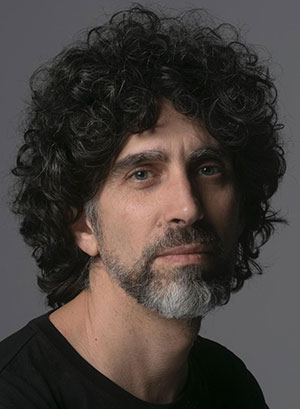
Zaramella: The pandemic didn’t make preparations for the pitch more difficult at all. As Alvaro is in Chile and me in Buenos Aires, the situation was quite the same with or without Covid. In fact, if the pitch were live, we would need to practice together in the same space. With the video pitch we had the chance to adjust things during the development process in an easy way.
Ceppi: When you’re not a native English speaker, it’s a bit of relief to have the possibility to record the pitch until you get it right. And like Juan Pablo said, this is a co-production effort, so since its inception it has unfolded mostly through Zoom and Whatsapp calls.
Zaramella: We started dividing the pitch in relation to our roles in the project: Alvaro would be in charge of the production notes, and I’d do the creative and conceptual notes. But at the end we realized that it sounds more spontaneous if we broke these boundaries.
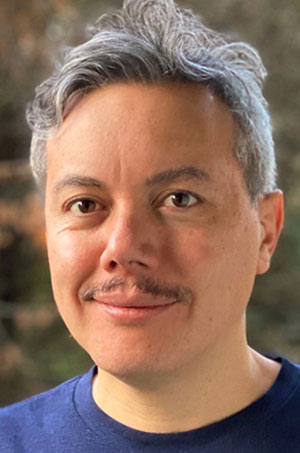
Ceppi: Yes, we wanted it to feel natural in its whole narrative, and we almost did the same format of presentation that we did in person at Ventana Sur last December. The idea was to “tell a story,” like narrating an illustrated book.
Zaramella: When it came to choosing where to film, we didn’t have a lot of options, as the quarantines both in Chile and Argentina are quite strict. So we had to choose a suitable background at home. At one point we had the funny idea to “connect” both backgrounds in some way (for example, having continuity with a shelf in the same position on both sides of the screen). But time was limited and it demanded energy that we preferred to put into improving the project itself.
Ceppi: But we actually tried the thing of looking at each other during some parts of the pitch. We don’t know if it worked — maybe it’s not noticeable, haha. But at the end our main focus was on delivering our concept and story in the clearest and most visual way possible.
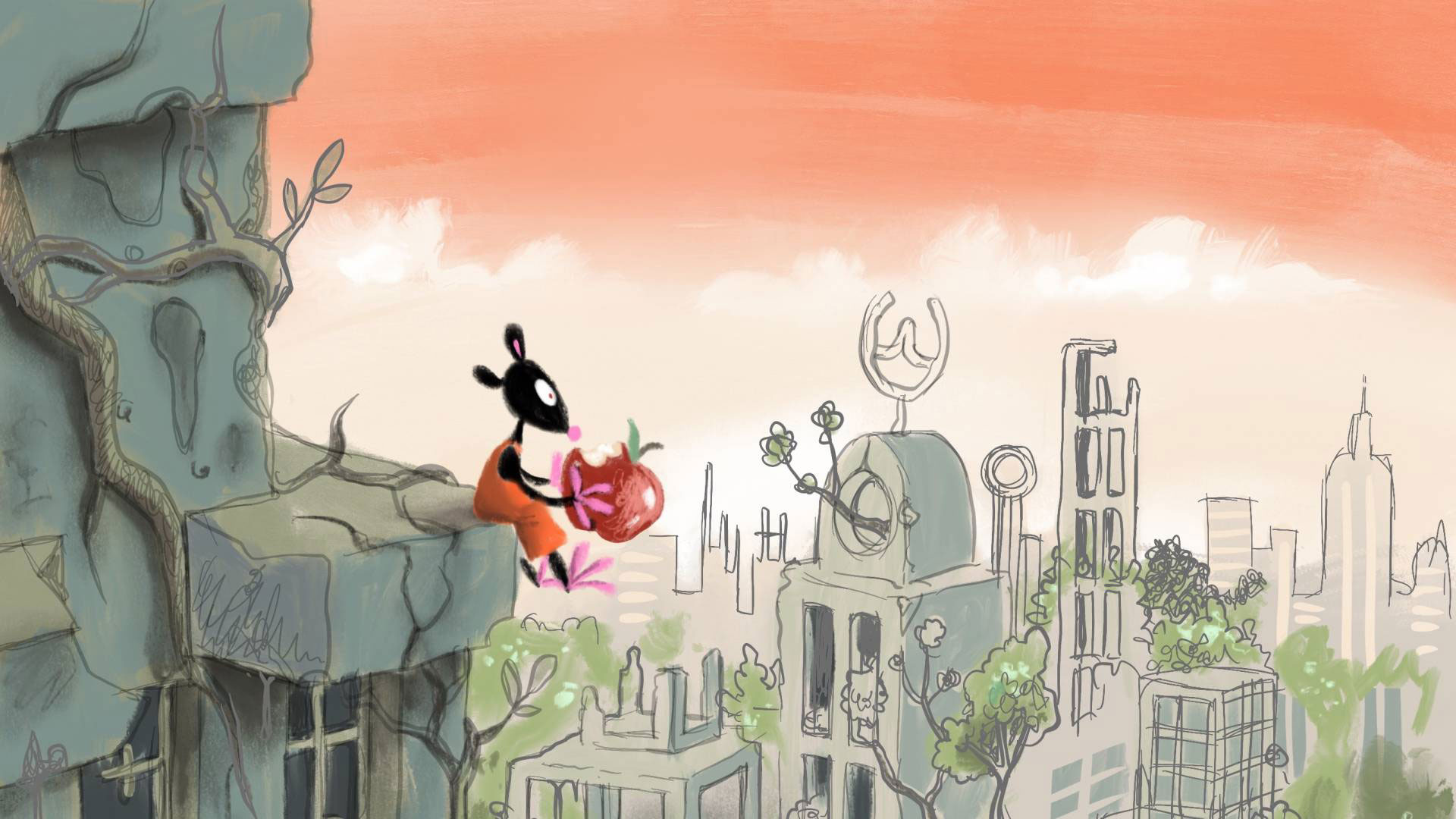
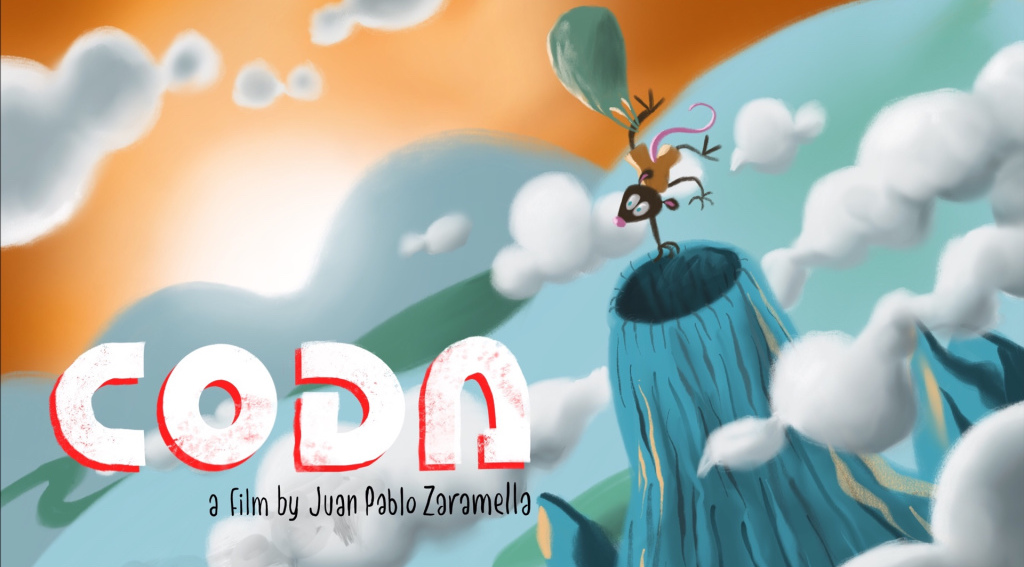
Zaramella: I don’t consider myself good at pitching projects, as Alvaro is. So for me the virtual format was great. I had the chance to talk relaxed at home, to see myself, and record again to correct the tone. The main disadvantage is that you can’t see the audience’s reaction, which affects the tone and timing in a good way.
Ceppi: Yes, I guess the immediate reaction is what you miss the most. We didn’t know how it was received until we got into the first meetings and started having some feedback. But thinking with perspective, it’s a good idea to have at hand a video pitch for any project. This video pitch is helping us a lot to present the project in a clear and detailed way to interested people.
Zaramella: We definitely missed the in-person meetings, and the festival interaction as well. The connection with others is much more effective and natural when you are sharing the same place. We had great reactions to our project after MIFA — in fact, we had to set up several meetings in the weeks after, and we are still meeting people who requested a call after watching our pitch.
Ceppi: Nothing can replace the interaction you have when you meet somebody in person. But ideas and creativity can sometimes travel without the need for significant investments. This kind of experience could lead events to develop new spaces, enlarging the opportunity to present projects to more creators and producers.
Where It Falls
This Miyazaki-influenced family fantasy series is being developed by Guillaume Dousse at Danish studio Sun Creature. At MIFA, it won the Disney+ Prize for a new series. Click here for our impressions of the pitch, and read on for comments from Dousse and producer Charlotte De La Gournerie:
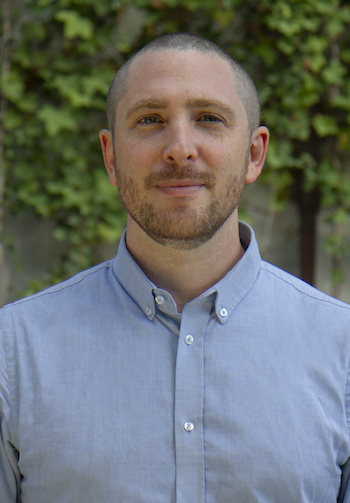
Dousse: The pandemic didn’t really make preparations difficult. We were fortunate not to get hit too hard in Denmark, so it’s been a fairly easy period for us compared to many other countries. The process for making this video was mostly managed by myself, with help from remote artists working from home, and then from the studio for shooting.
I watched 10–15 other pitches to see how others did it. My angle was to present the most complete, clear, and concise video to properly introduce Where It Falls. I decided that I’d write the entire pitch, then repeat it from memory in front of the camera or read aloud while showing the visuals. I knew I’d need a lot of visuals to keep the audience interested. I was worried that staying too long on a static shot of Charlotte and me talking wouldn’t be sufficient.
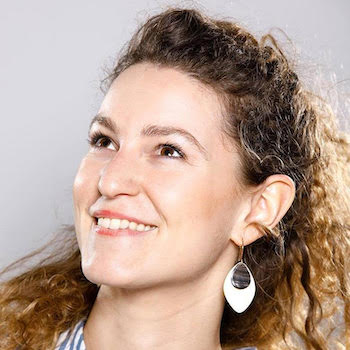
De La Gournerie: I haven’t pitched with a video before and it is quite a different process. It is not easy to feel comfortable in front of a camera, I’m not used to it. I guess this comes across in our pitch.
Dousse: I’m not super comfortable in front of a camera, so filming short sections was a good way to keep a tighter control on what was said, and be able to do several takes instead of nailing it in one.
After writing the whole pitch, I broke it down into beats and decided whether it would be a visual or a video. So from early on, I knew exactly how much needed to be filmed or produced by artists. I decided to be filmed when there was a need to create a personal link with the audience, either when introducing the project, a chapter, or talking about something more personal, such as why this project matters to me.
I used kid-like explanatory drawings to help explain the different concepts and ideas, but at the same time tell something about the tone of the series, very much centered around the kids’ point of view. This was an easy way to illustrate a lot of content and convey my intentions with limited complexity.
The biggest chunk was the story moments. I felt it was important to create an edit that the audience could immerse themselves in, and have visuals that were as close as possible to my narration. I often do beatboards for different project pitches and thought it would be a great way to stay close to the text, and try to capture the feel of the series with beats that could be from the show.
At first, I thought I could manage by myself with a homemade streaming-like setup, with a webcam and some frontal lights installed in my office room. I first filmed only myself to prepare everything before Charlotte would come in, but as soon as she joined, it elevated the dynamic. It felt better to have two of us on camera, and alternate between having us narrate over visuals and speak directly into the camera. I think this helps a lot to keep the audience attentive and interested.
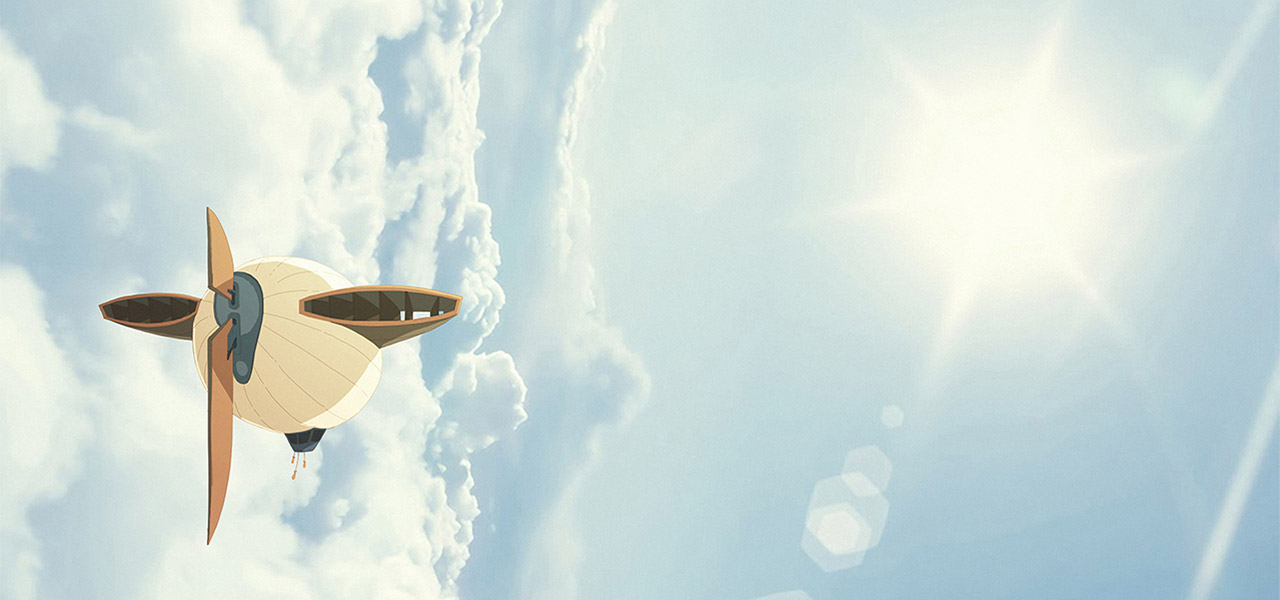
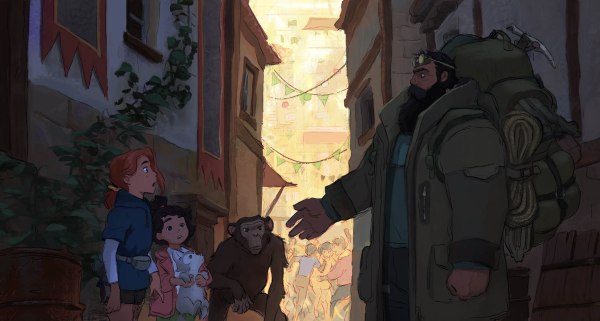
But after filming this pass, it really didn’t look so good: we were stuck against a wall, pretty static, and fixing a webcam giving no feedback of any kind. We finally decided to go for a full video camera setup, sitting on stools with someone interviewing us. We also opted for an open space in our studio so it would feel a bit more lively.
Aside from the massive quality jump of having a real 4K camera with good lighting and sound, it felt so much more natural to be able to look at and talk to someone behind the camera. I learned so much by just experimenting, making a lot of rookie mistakes and trying different setups. It was essential to ask for feedback and advice from people who’ve been through this process before.
I felt more in my element at first when I learned that I’d have to pitch with a recorded video, because I could control the information I’d share with the audience. Because I had to go through this super-scripted process, I ended up learning so much about my own project, by really focusing on the words and ideas I wanted to communicate.
On the other hand, it’s also a very isolating process where I lost a lot of spontaneity having to set things in stone that were previously still in development. This was a very difficult balance to strike while at the same time having to make sure the tone and overall dynamic worked. One thing is for sure though, the time spent on a video pitch that long should not be underestimated.
De La Gournerie: One of the great advantages is that now we can share this video together with our pdf presentation to the potential broadcaster and financiers.
Dousse: I got some very positive feedback on the pitch. It’s been such a good experience to finally go live with this project.
De La Gournerie: Virtual meetings work well, but I also think it’s because people have been doing it for a few months now because of Covid, so it’s standard procedure nowadays. We were privileged to have an established “real-life” connection with a lot of the people we’ve had virtual meetings with during the Annecy Festival. It might’ve been different if we hadn’t been to Annecy or other markets before.

.png)
